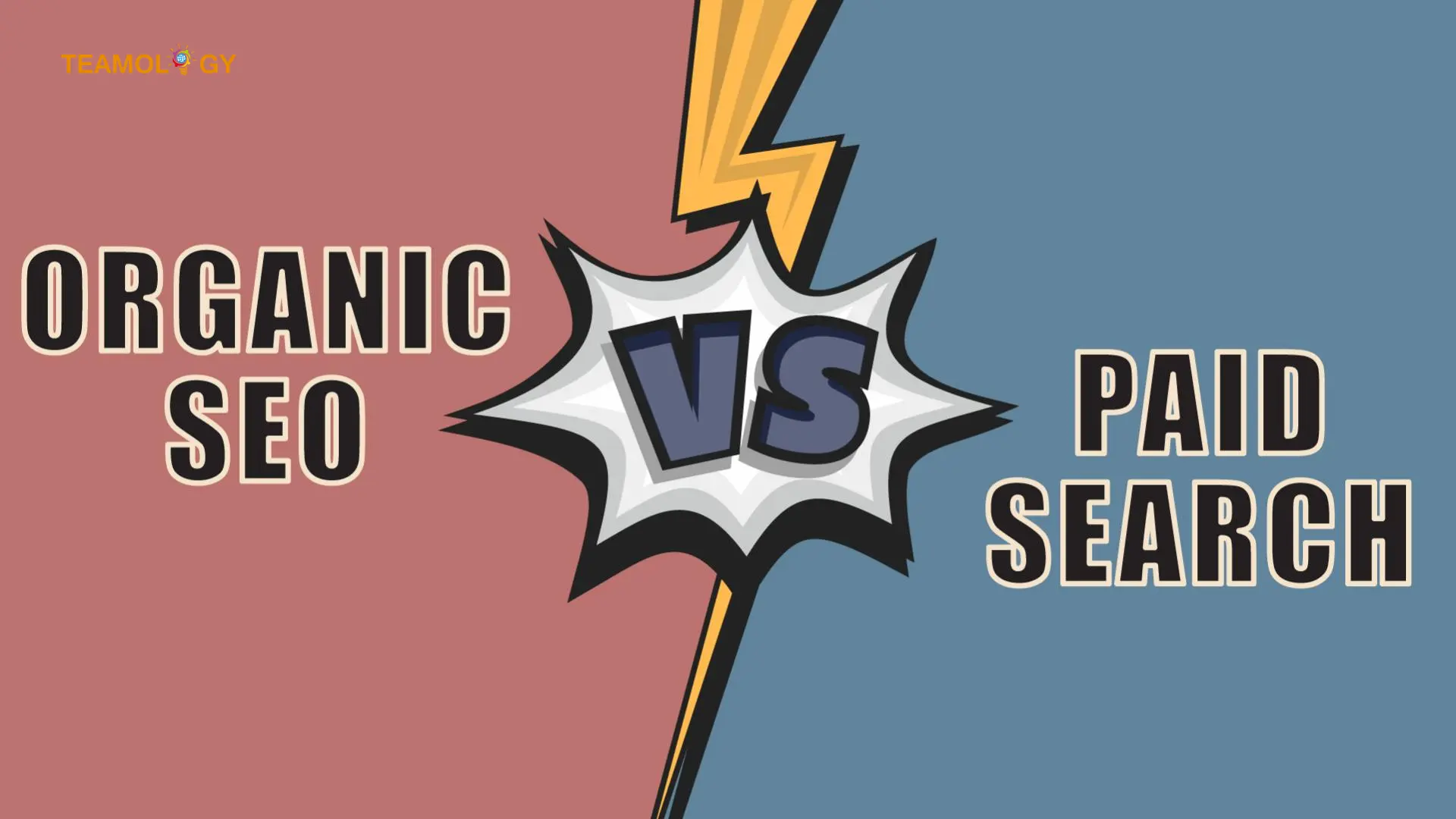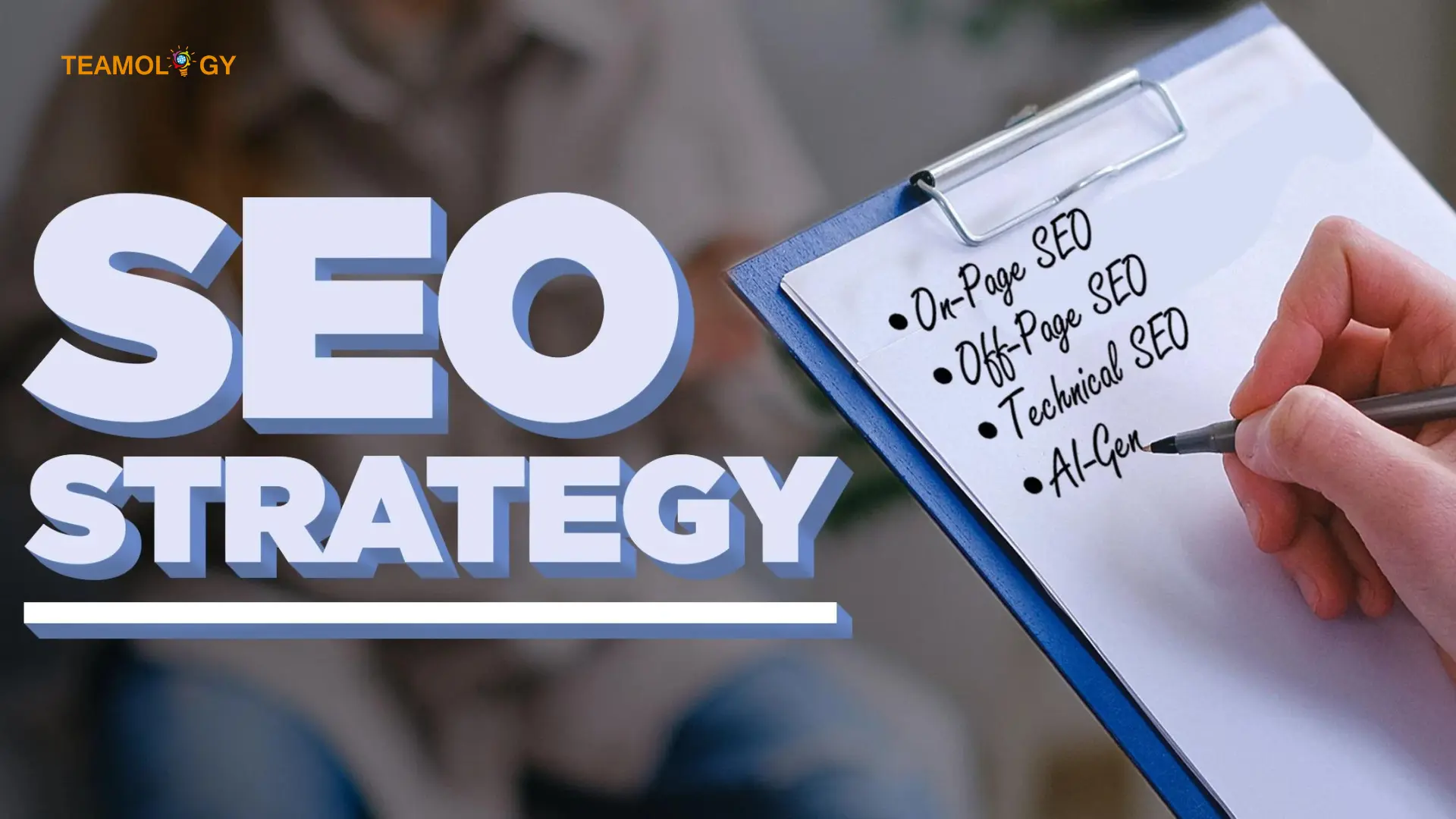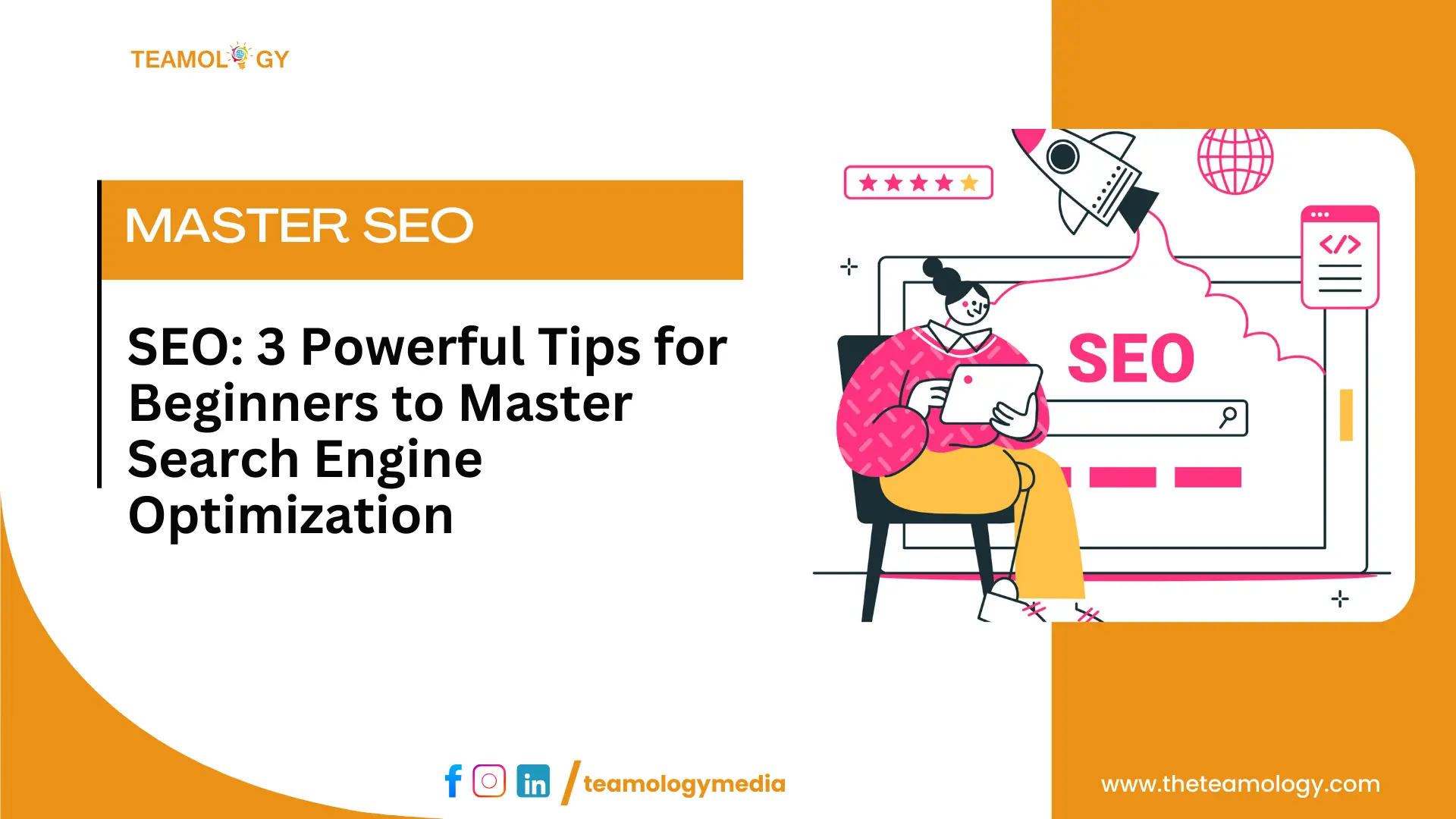SEO means search engine optimization. It is a procedure that aims to increase organic traffic to the website’s exposure in search engines like Google. The goal of SEO is to make sites easier to find, more relevant, and more popular for user search queries by optimizing their appearance, positioning, and link popularity.
How does this SEO work?
Before we go deep into how SEO works we need to understand the inside mechanism of search engines. Because search engines are the backbone of SEO. Search engines have a powerful weapon called crawlers, alternatively known as bots or spiders. They explore web pages to gather valuable information for the web searchers. These crawlers crawl these web pages and grab the information to add it to their index. The index is a database of web pages that the crawlers have discovered, and this database is what a search engine like Google gathers its search results from.
This essentially means that when the searcher searches for something, the results aren’t generated live; rather, the search engine is shifting through its existing index. This helps search engines provide relevant and up-to-date search results to users.
Organic vs. Paid Results

Organic vs Paid SEO
Organic Search
Organic search is any search on the search engine results page that is earned but not paid for. The results are completely free from any kind of advertisement or sponsor. They get ranked according to various factors like keyword relevance, site quality, and user engagement. Organic SEO requires increasing a website’s speed and backlinks, thereby improving the quality of the content and structure of the website. It tries to make a website more search engine-friendly for better ranking in organic search results.
Paid Search
You must have noticed a few sponsored ads appearing just above organic results in the SERPs whenever you search for anything on the likes of Google. These are paid results. These results are part of search engine marketing campaigns, where companies purchase the right to have their advertisements show up in response to particular keyword queries. These results are ad-generated; therefore, they provide an extremely fast way to get exposure and drive traffic to a website. These ads help in immediately bringing some exposure and generating leads to a website, especially for new websites or businesses that need to come into the limelight. Having said that, you need strong budget, management, and optimization skills to ensure a satisfactory ROI.
Three Pillars Of Search Engine Optimization

SEO Strategy
The ultimate goal of Search engine optimization is to boost the visibility of a website on SERPs. Following are the three key components, based on which you can build your highly effective marketing strategy.
One-Page SEO
On-page SEO is a process to optimize the content of your website so that your site becomes a best friend to online users as well as search engines. The process helps you rank your website on Google and other search engines, bringing more organic traffic to your website. Tasks usually associated with on-page SEO include search intent, title tags, internal links, and URL optimization. This involves proper keyword use to ensure the relevance of its content to end-user searches. There are even more responsibilities to on-page SEO, like an enhanced user experience, mobile friendliness, and easy navigation.
Off-page SEO
Off-page SEO involves activities to boost the ranking of a website staying outside of it. It is achieved through backlinks—a technique to bring traffic to your website from other websites. The more the reputation of the linking website, the higher the quality of your backlink. High-quality backlinks signal search engines that the website is credible. Off-page SEO packages include social media marketing, outreach services to influencers, and guest blogging. Without a doubt, such initiatives result in cementing a digital presence, boosting the credibility and reliability of a website.
Technical SEO
The final optimization of the website is done through technical SEO, which makes the search engine search, understand, and store data easily on a website. This includes user experience considerations such as page speed, mobile friendliness, or ease of use. Technical Search engine optimization makes sure that a website meets all search engine requirements. That means ensuring a secure connection to a website, fast loading, and a responsive design. XML sitemap makes website content navigation and indexing simple for search engine crawlers. It ensures the proper schema markup is applied so search engines better understand and rank a website accordingly. This will result in better visibility and search performance.
Conclusion
SEO works by tempering the appearance, placement, and link structure of a website to improve the website’s visibility, relevance, and link popularity. With knowledge of how search engines use web crawlers, websites can be optimized to achieve a better ranking in search engines. It involves both paid-for placement and organic results. Paid results have instant awareness due to ads, while organic elevate rank through quality content and user engagement organically.
The three pillars of SEO are technical, off-page, and on-page. Technical Search engine optmization makes sure that the website complies with standard structures expected by search engines; off-page is aimed at creating backlinks and credibility; and on-page improves its content and structure. With these strategies in place, you would have a robust SEO framework that would set up shop to help improve user experience and drive stable traffic to your site.


